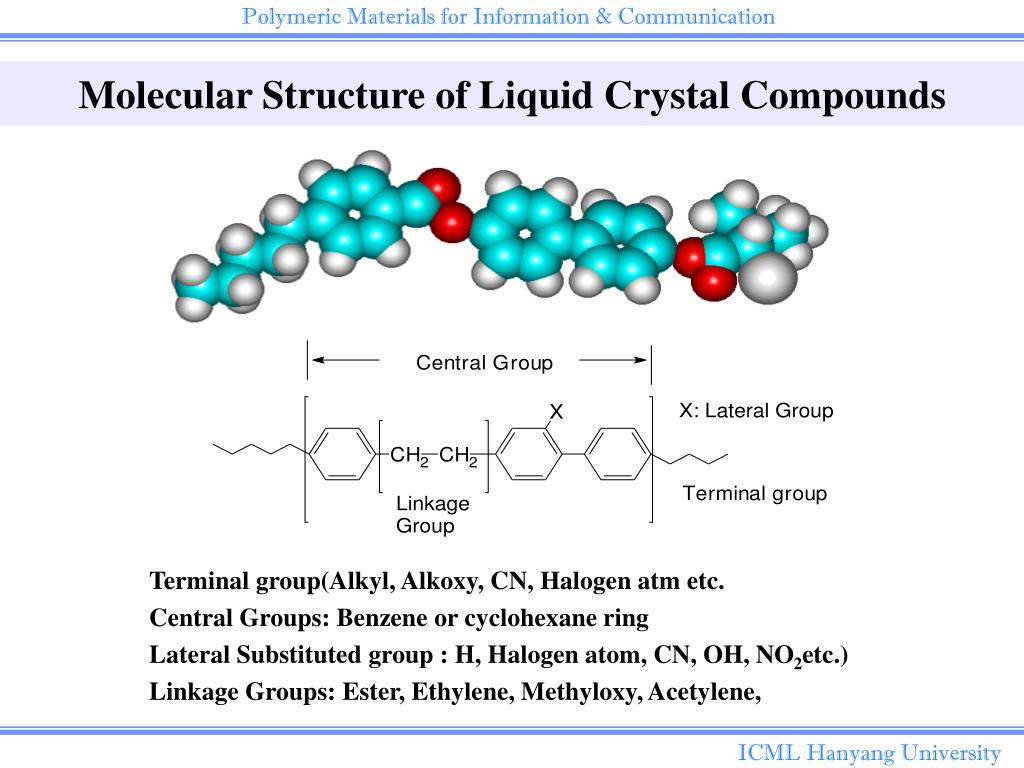

As a result, PC/ME-LC cells reveal several features such as the wavelength tunability, transmission tunability and optical bistability or tristability of defect modes that are of potential for realizing tunable and memorable optical devices such as low-power-consumption multichannel filters, light shutters or electrically controllable intensity modulators with green concept. The defect modes of the PC/ME-LC cell can be switched to not only the voltage-sustained states but the memory states.
CHOLESTERIC LIQUID CRYSTAL DIFFRACTION RING PC
In this paper, we report on our recent development of optical and spectral properties of multilayer PC structures containing various types of memory-enabling LC (ME-LC), including a bistable chiral-tilted homeotropic nematic (BHN), a bistable chiral-splay nematic (BCSN), a bistable dual-frequency cholesteric LC (DFCLC), a tristable polymer-stabilized cholesteric texture (PSCT), and a tristable smectic-A liquid crystal as a defect layer. While the LC defect layer has bi- or multi-stable states, the profile of defect modes in each stable state can be preserved permanently without applied voltage, indicating a feature of low power consumption for photonic applications. Incorporating liquid crystal (LC) as a defect layer in a photonic crystal (PC) leads to the electrically tunable optical spectrum in defect modes within the photonic band gap. One such envisioned application for this class of materials would be UV distributed polarization rotators (UV-DPR’s) for largeaperture, high-peak-power lasers. This finding now opens a path to novel LC optics for numerous near-UV applications.
CHOLESTERIC LIQUID CRYSTAL DIFFRACTION RING SERIES
Using this model, the optical rotation at λ = 355 nm for the 1% CB 15/ZLI-1646 mixture is determined computationally, with the results in agreement with experimental data obtained by evaluating a series of wedged cells using an areal mapping, Hinds Exicor 450XT Mueller Matrix Polarimeter. This experimental finding is verified theoretically using a mathematical model developed by Belyakov, which improves on de Vries’ original model for optical rotation far from the selective reflection peak by taking into account the nonlinearity of optical rotatory power as a function of liquid crystal (LC) layer thickness. We report what we believe to be the first experimental observation of extraordinarily high optical rotation (<30°/μm) in the near UV for a long-pitch (13.8-μm) CLC mixture composed of the low-birefringence nematic host ZLI-1646 doped with a low concentration (e.g., 1 wt%) of the chiral dopant CB 15. It is difficult to find chiral twisting agents with high HTP that do not degrade the UV transmission. To take advantage of the high optical rotation near the selective reflection peak for applications in the UV, either large concentrations of chiral components or those possessing very large helical twisting powers (HTP’s) are necessary. The helical structure of a chiral-nematic liquid crystal (CLC) material produces a number of interesting optical properties, including selective reflection and optical rotatory power.


 0 kommentar(er)
0 kommentar(er)
